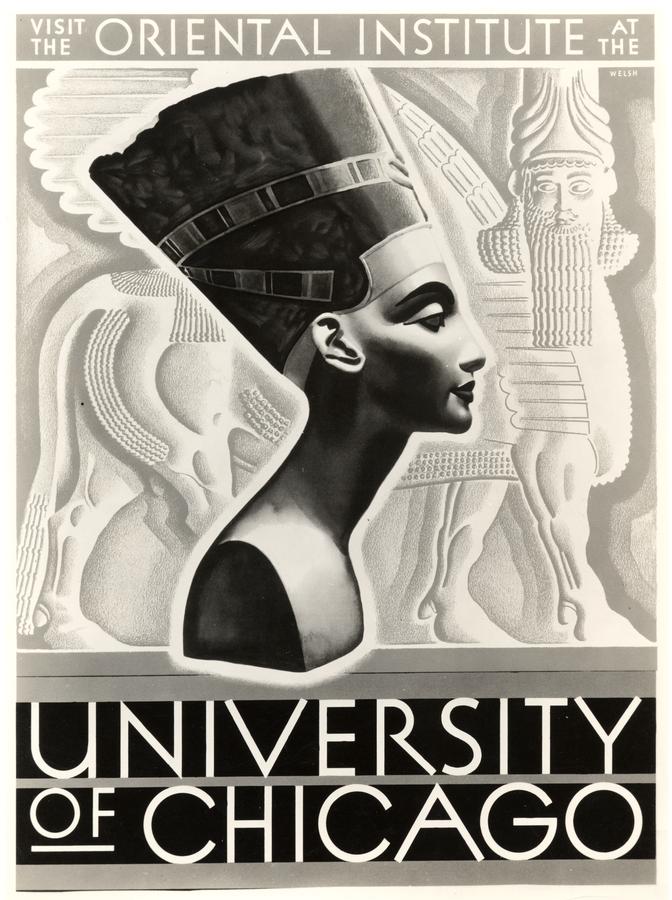New York Times, Art & Design
By GERALDINE FABRIKANT
Published: October 19, 2010
CHICAGO — One of the stars of the Oriental Institute’s new show, “Visible Language: Inventions of Writing in the Ancient Middle East and Beyond,” is a clay tablet that dates from around 3200 B.C. On it, written in cuneiform, the script language of ancient Sumer in Mesopotamia, is a list of professions, described in small, repetitive impressed characters that look more like wedge-shape footprints than what we recognize as writing... [read the rest...]

Olaf Tessmer, Vorderasiatisches Museum, Berlin
A clay tag from around 3200 B.C. has signs that scholars call proto-cuneiform.
A clay tag from around 3200 B.C. has signs that scholars call proto-cuneiform.
Invention of Writing Exhibition
Fine Books Magazine Blog
Early writing developed independently at four spots around the ancient world: Mesopotamia, China, Egypt, and Mesoamerica. For the first time in 25 years, examples of writing from all four civilizations are on display together at the Oriental Institute's new exhibition Visible Language, viewable now through March, 2011 at the University of Chicago.
The highlights of the exhibition are the earliest known cuneiform tablets from Mesopotamia, dated to 3200 B.C., which have never before been shown in America. The Oriental Institute has the tablets on loan from the Vorderasiatisches Museum in Berlin. Other items on display include ancient labels from the tombs of the first Egyptian kings, inscribed oracle bones from China, and a miniature altar with Mayan hieroglyphics... [read the rest...]
Oriental Institute exhibit draws on history of writing
“Visible Language: Inventions of Writing in the Ancient Middle East” features artifacts ranging from cuneiform tablets to papyrus manuscripts.
The Chicago Maroon
By Sara Hupp
Published: October 15th, 2010
If Indiana Jones were still at the U of C, he’d probably consider the Oriental Institute's latest exhibition the holy grail — of linguistics, at least.
While you won’t find any crystal skulls or lost arks, a new exhibit at the Oriental Institute displays some of the oldest examples of writing; “Visible Language: Inventions of Writing in the Ancient Middle East” features artifacts ranging from cuneiform tablets to papyrus manuscripts.
“The invention of writing was the first information revolution,” said Chief Curator Geoff Emberling, an archaeologist specializing in Mesopotamia. “Today, we are living through a revolution in the storage and processing of information, so it is very timely that we look back.”... [Read the rest...]
See the chronicle of news about the Oriental Institute.





 Stumble It!
Stumble It!


No comments:
Post a Comment